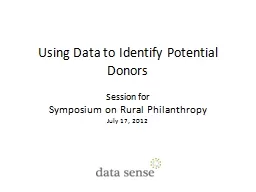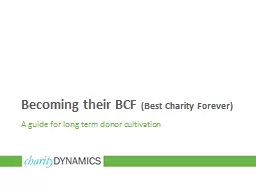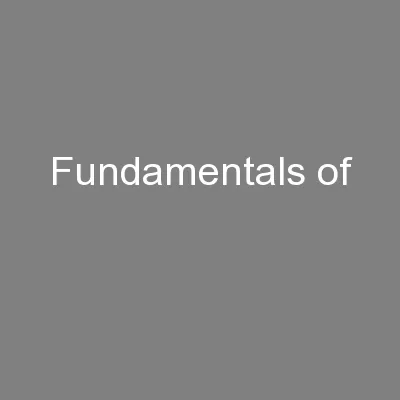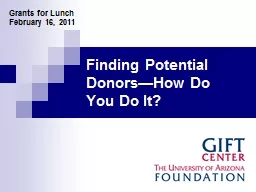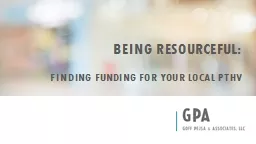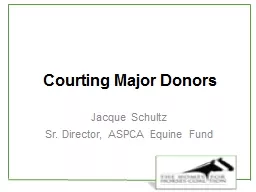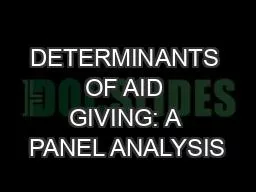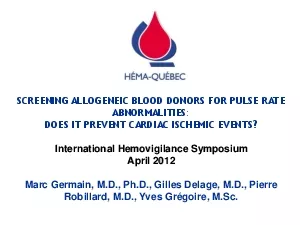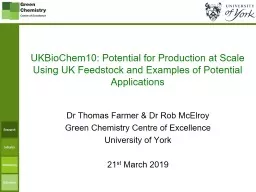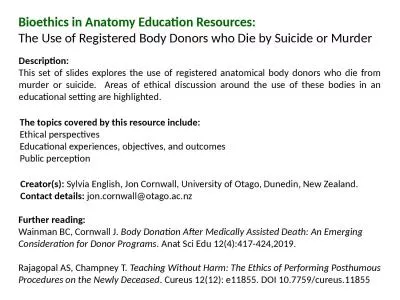PPT-Using Data to Identify Potential Donors
Author : test | Published Date : 2016-12-04
Session for Symposium on Rural Philanthropy July 17 2012 Scope of Session Role of Prospect Research Preparing for Prospect Research Ethical Considerations What Are
Presentation Embed Code
Download Presentation
Download Presentation The PPT/PDF document "Using Data to Identify Potential Donors" is the property of its rightful owner. Permission is granted to download and print the materials on this website for personal, non-commercial use only, and to display it on your personal computer provided you do not modify the materials and that you retain all copyright notices contained in the materials. By downloading content from our website, you accept the terms of this agreement.
Using Data to Identify Potential Donors: Transcript
Download Rules Of Document
"Using Data to Identify Potential Donors"The content belongs to its owner. You may download and print it for personal use, without modification, and keep all copyright notices. By downloading, you agree to these terms.
Related Documents

